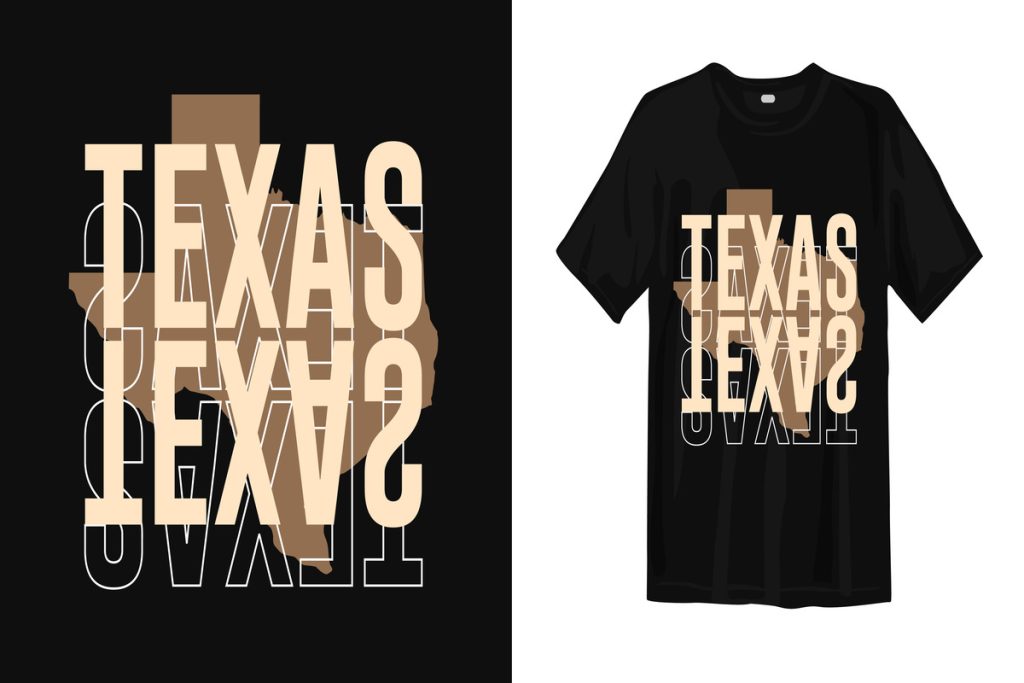UV DTF printing is revolutionizing the way we think about sustainable printing technologies, offering innovative solutions that align with environmental goals. This cutting-edge method utilizes ultraviolet light to cure inks rapidly, minimizing hazardous chemical use while enhancing energy efficiency. As companies increasingly focus on reducing their carbon footprints, UV DTF printing stands out for its capacity to provide high-quality results without compromising ecological integrity. Additionally, the adoption of recyclable printing materials in UV DTF processes highlights a commitment to waste reduction in printing. Through these advancements, UV DTF printing technology not only meets industry demands but also champions a greener future for printing.
Also known as ultraviolet direct-to-film printing, this innovative approach is reshaping the landscape of print technology. As industries increasingly prioritize eco-friendly practices, this method stands out due to its ability to utilize environmentally conscious inks and processes. By curbing the need for harmful solvents and offering energy-efficient solutions, ultraviolet DTF printing is making waves in sustainable print solutions. The introduction of recyclable materials further propels this technology into the forefront of waste reduction strategies in printing. In essence, this modern printing technique is paving the way for a healthier and more sustainable future.
Understanding UV DTF Printing Technology
UV DTF (Direct-to-Film) printing technology is a groundbreaking advancement in the printing industry, particularly in the realm of sustainability. This innovative method employs ultraviolet light to cure inks directly onto film, which allows for vibrant, high-quality prints. As the printing landscape continues to evolve, businesses are increasingly attracted to UV DTF for its unique blend of efficiency and eco-friendliness. This technology not only produces eye-catching designs but also mitigates harmful effects associated with traditional printing methods, making it a favorable choice for environmentally-conscious companies.
One of the standout characteristics of UV DTF printing is its ability to deliver consistent results without the need for harmful solvents. Traditional printing methods often rely on inks that emit volatile organic compounds (VOCs), which can be detrimental to indoor air quality and pose health risks. In contrast, UV inks are formulated to cure quickly under ultraviolet light, eliminating the hazardous emissions associated with other printing technologies. This fundamental shift towards safer printing practices exemplifies how UV DTF is setting new standards for sustainable printing technologies.
Frequently Asked Questions
What are the environmental benefits of UV DTF printing?
UV DTF printing technology offers numerous environmental benefits, including reduced chemical usage, as it employs UV-cured inks free of harmful solvents. This leads to a decrease in volatile organic compounds (VOCs) and improved air quality. Additionally, UV DTF printing enhances energy efficiency through low-temperature curing processes, reducing operational costs and carbon footprints while minimizing waste by enabling on-demand printing.
How does UV DTF printing contribute to sustainable printing technologies?
UV DTF printing supports sustainable printing technologies by utilizing eco-friendly, recyclable materials and inks. The ability to print on-demand limits overproduction, effectively reducing waste. Furthermore, the durability of UV DTF prints results in longer-lasting products, which diminishes the need for frequent replacements, thereby promoting environmental sustainability in the printing sector.
In what ways is UV DTF printing energy-efficient?
UV DTF printing is energy-efficient as it cures inks using UV light at lower temperatures compared to traditional drying methods. This not only reduces energy consumption but accelerates production cycles, allowing printers to increase productivity while also lowering their operational costs, contributing to a more energy-efficient printing industry.
Can UV DTF printing help in waste reduction in printing?
Yes, UV DTF printing significantly aids in waste reduction by enabling on-demand printing, which mitigates the challenges of overproduction common in traditional printing methods. Businesses can produce only what is necessary, minimizing excess inventory and ensuring that resources are utilized efficiently, aligning with sustainability goals.
What role do recyclable materials play in UV DTF printing?
Recyclable materials play a crucial role in UV DTF printing by providing eco-conscious options for businesses. Many printers are now adopting recyclable films and eco-friendly UV inks that meet the raised consumer demand for sustainability, reinforcing the printing industry’s commitment to reducing environmental impact and promoting a recyclable product ecosystem.
How does UV DTF printing enhance workplace safety and environmental quality?
UV DTF printing enhances workplace safety and environmental quality by utilizing inks that contain no harmful solvents, significantly reducing VOC emissions. This transition leads to cleaner air and a healthier work environment for printing employees while also promoting overall environmental well-being through safer chemical management.
| Key Benefit | Description |
|---|---|
| Reduced Chemical Usage | UV DTF printing uses UV-cured inks free from harmful VOCs, improving air quality and workplace safety. |
| Energy Efficiency | Curing at low temperatures reduces energy consumption and speeds up production cycles, lowering costs and carbon footprint. |
| Durability | UV DTF prints are long-lasting, reducing the need for frequent replacements and minimizing waste. |
| Waste Reduction | On-demand printing minimizes excess inventory, preventing overproduction common in traditional methods. |
| Recyclable Materials | Innovations in UV DTF printing include recyclable films and eco-friendly inks, aligning with consumer demand for sustainability. |
Summary
UV DTF printing offers significant environmental benefits that are transforming the printing industry. This innovative technology not only reduces the use of harmful chemicals and enhances energy efficiency, but it also minimizes waste and promotes the use of recyclable materials. As businesses increasingly embrace their environmental responsibilities, UV DTF printing stands out by aligning performance with sustainability, paving the way for a greener future in the printing sector. By adopting this technology, companies can meet consumer demands while contributing to a more sustainable ecosystem.



